Your fish live in Water, make sure their environment supports life & health.
Water Testing Kits Australia
Water testing in fresh water, ponds, or aquariums If you have ordered our goldfish online or koi for sale from our goldfish farm check the pH to match ours so your fish thrive and do not suffer stress due to acid pH. Use a water testing kit to test your water parameters.
It's very easy to do, there are a hundred tests per individual kit, included in all kits is a freshwater test chart so you can compare your results, a vial for your water, and the testing solution. It takes minutes for the result. Whether your fish are in a farm pond, large pond, small pond, or aquarium you need to test the water parameters.
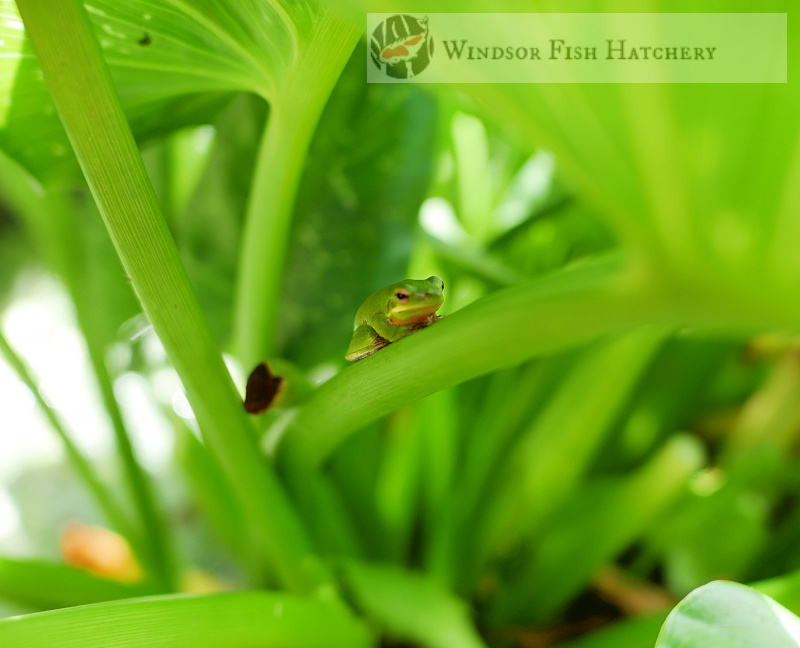 TESTING pH
TESTING pH
Our koi are kept at 7.5 to 7.8, Our goldfish are kept at 7.8 to 8Harmful pH Levels The pH of your water has an impact on several aspects of water quality & water chemistry. If your pH drops below 6.0, the nitrification bacteria that keep your ammonia and nitrites (toxic to fish) at zero ppm, will begin to die off. Tank or fish pond water with a low pH is highly acidic and will burn a fish's skin. Young fish are more sensitive to higher acidic water than adult fish. Fish water that has a pH of 5 is too acidic and will kill off fish eggs, they will not hatch.
Changing pH Levels Use this pH water test kit to test. If your fish tank water pH levels are too low, the water is too acidic. To raise the pH level up to 7 you can add limestone or crushed coral to the water or bicarb of soda, aerate the tank water with an air pump to eliminate excess carbon dioxide that has formed in the low pH water,.
Testing water parameters kH:
You are checking your kH to prevent your fish from becoming stressed from rapid pH shift, which result from low kH levels. Goldfish need a kH of at least 80ppm , but over 160 ppm is better.
Adjusting your kH or to replenish the kH levels in your water normally is done with a water change, if this doesn't fix the problem and its low use *Alkalinity Buffer, *Crushed Coral or Soda Ash.
Testing water quality gH:
Simply put the gH is how hard or soft your water is. Your measuring the salts and minerals that are essential for healthy biological functions, such as fish muscle and bone development in fish. for goldfish and koi moderately hard to hard. 200ppm or higher. 8-12dGH or higher.
Adjusting your gH up use pink Himalayan salt 1kg to every 2000ltrs yearly or more often if you do a lot of water changes.Crushed Coral refresh yearly.
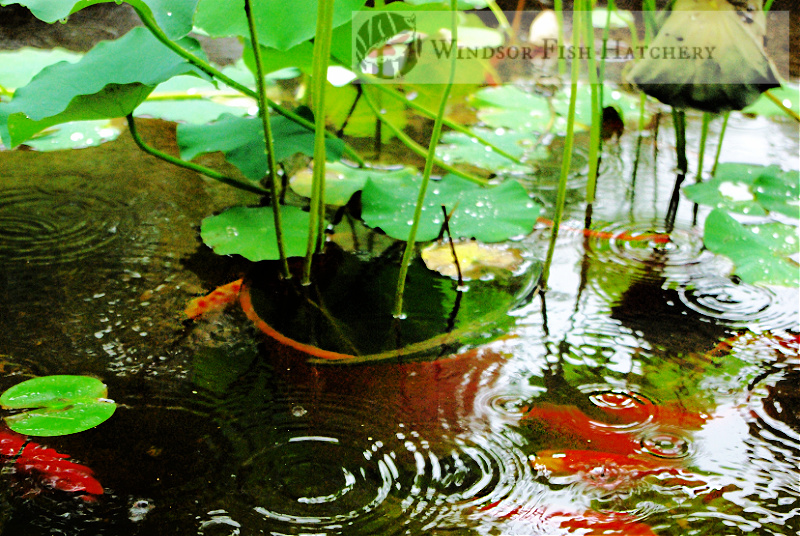
Testing cycling pond or aquarium water
Nitrites & Nitrates:
Nitrites, are the result of ammonia being broken down by bacteria.The only way to remove nitrites from your tank is weekly water changes of 25%
Nitrates, are the result if nitrites being broken down ever further by the beneficial bacteria in your filtration system. Nitrate levels should be between 20 to 40 ppm to remain in a safe range for fish. To decrease the amount of nitrates in your fresh water do weekly water changes.
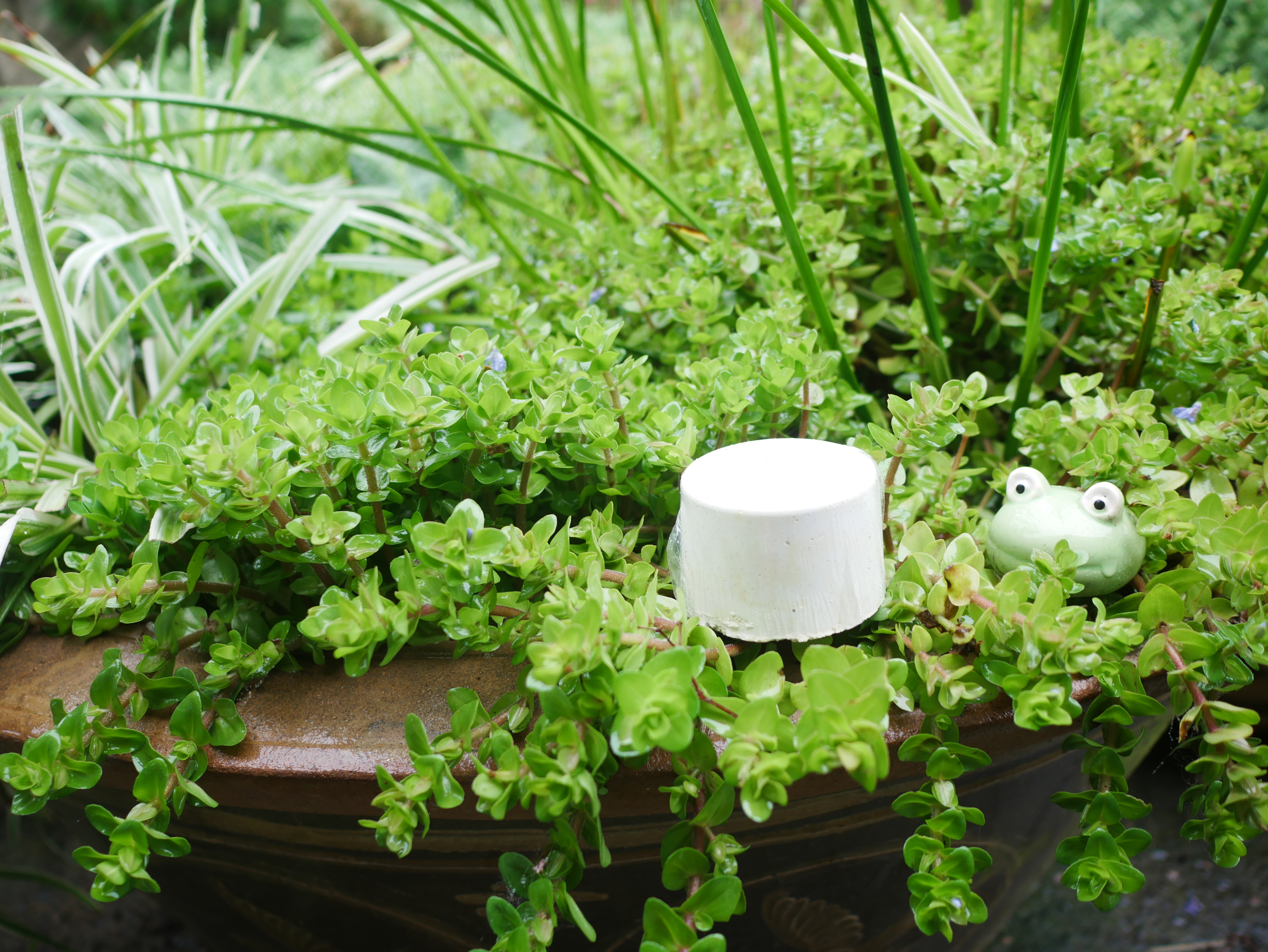
Pond blocks keep water values pristine for longer
Testing Cl2 Chlorine
When you are using tap water chlorine & Chloramine are common disinfectants in tap water that are very harmful to fish gills. The water board is consistently changing levels they put in your drinking water to cope with weather events, if you dont test you may kill all your fish the next time you change the water.
Use water ager or water neutralizer to the correct does on the bottle for your aquarium or pond. This is instant and should be put in whilst your filling your pond or straight after water changing your aquarium.
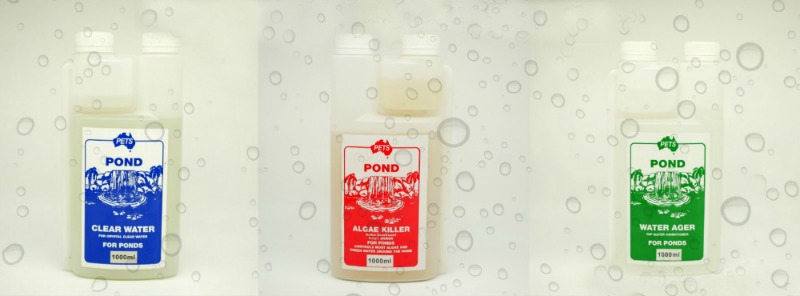
How to test fresh water for ammonia
Its very easy to do, there is a hundred tests per individual kit, included in all kits is a freshwater test chart so you can compare your results, a vial for your water and the testing solution.
Ammonia is extremely toxic to fish and can quickly kill them. the reading after testing should be 0 ppm, in new setups that is not normally the case, once the tank has cycled ammonia will be broken down quickly by your beneficial bacteria. Test regularly in new setups when you add fish. To treat do water changes, the higher the ammonia the larger the water change to 50% of the water. Dont touch the filter in the first 6 weeks on a new setup, this is where you beneficial bacteria will grow. When you do clean the filter only clean sponges not the bio balls
How to test freshwater for Phosphates
testing for phosphate and learning about the sources of phosphate in your water will help combat their effects. Excess phosphate contributes to unsightly algae and green water blooms. Uneaten food, plant decay, dying algae, fish feces, dead fish, aquarium salts, pH buffers, carbon filter media. low quality fish food.
Its very easy to do, there is a hundred tests per individual kit, included in all kits is a freshwater test chart so you can compare your results.
treating phosphates, Vacuum the bottom frequently to remove uneaten food, plant decay and fish waste. Changing the water this way will lower the phosphates.
How to test for Iron
There are individual testing kits for iron, its very easy to do, there is a hundred tests per individual kit, included in all kits is a freshwater test chart so you can compare your results.
you should test for iron if you have a planted tank, correct levels of iron are essential for the growth of aquatic plants. You can add iron to a planted tank, such as a complete iron fertilizer.
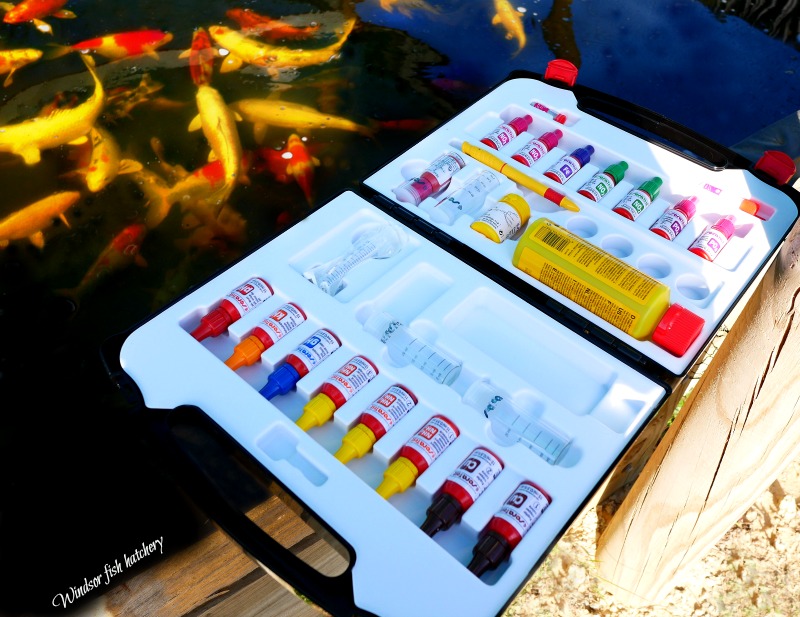
Windsor fish hatchery breeding and selling koi & goldfish since 1984

